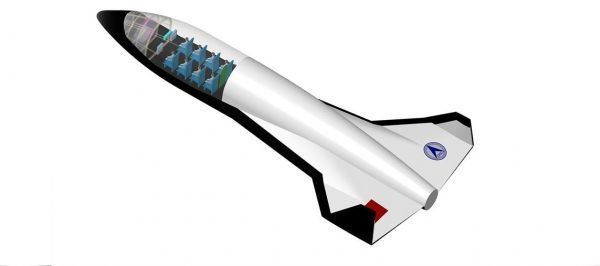
You may be thinking this is not a big deal but u would be wrong. Competition DRIVES INNOVATION!
Competition breeds progress, so it’s a bit thrilling to hear Boeing CEO Dennis Muilenburg say that he’s going to beat SpaceX to Mars in terms of delivering real humans to the surface of the red planet.
Muilenburg said that he’s “convinced the first person to step foot on Mars will arrive there riding a Boeing rocket,” speaking at a conference in Chicago Tuesday, according to Bloomberg. Boeing is working on a heavy-lift rocket project called the Space Launch System which would aim for a similar goal to what SpaceX is hoping to achieve with its Interplanetary Transport System, the details of which SpaceX CEO Elon Musk shared in a keynote presented at an international aeronautics convention last week.
Boeing and SpaceX are already close competitors when it comes to commercial spaceflight contracts from NASA, and the company’s approach to its system designed for reaching Mars reflects similar tensions to those present in the ongoing battle between the two for space missions closer to home. Boeing’s plan involves at least $60 billion in NASA-funded development prior to a human-crewed Mars mission in the late 2030s at the earliest.
Read more









